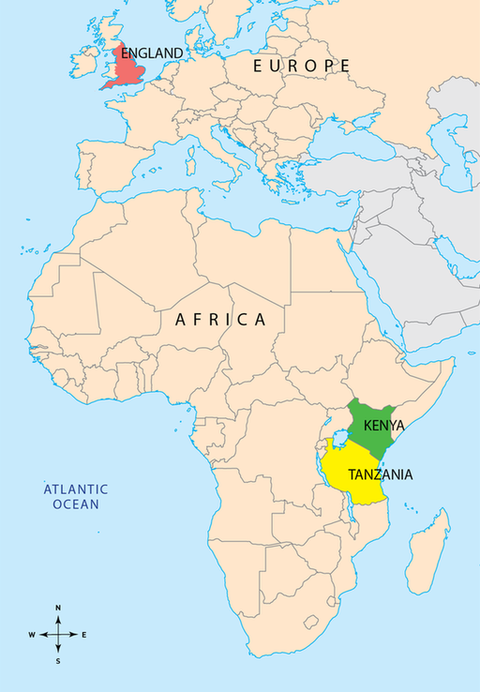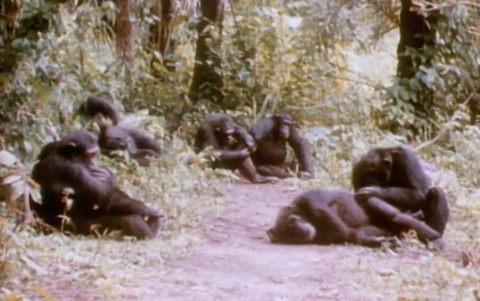ThestoryofJaneGoodallislikeacampfiretale.Itgetsbetterwitheachtelling.Herstoryhasbeentoldmanytimesinmanyways.So,peopleknowitrightaway.In1965,shewasayoungscientist.Shewantedtolearnaboutchimpanzees.Janehadnotraininginresearch.Yetshemanagedtomovethroughthemaleworldsofscienceandmedia.Shemadeimportantdiscoveriesinherfield.Shespokeoutaboutconservation.Thisisher story.
GrowingUp
JaneGoodallgrewupinEngland.ShelovedanimalsanddreamedoflivinginAfrica.Onceshebegantowork,shesavedhermoney.Whenshehad saved enough,sheboughtaboattickettoKenya,acountryin Africa.
There,shemetLouis Leakey,a paleoanthropologist. Leakeywasfamousforhisresearchonthehistoryofhumansandhisinterestinapes,likechimpanzeesandgorillas.HehiredGoodallasasecretary.Later,hearrangedforhertodofieldresearchonchimpsinanotherAfricancountrycalled Tanzania.
RoughingIt
Itwasthesummerof1960.GoodallsetupcampintheGombeStreamReserve.Leakeyhadraisedmoneyforhertodosixmonths
of fieldwork.
Goodallfollowedherinstinctsforherresearch.Mostscientistswhostudiedanimalsidentifiedthembynumbers.GoodallgavetheanimalsnameslikeFifi,Flo,andFlint.Sherecordedherobservationsusingthosenames.Goodallwatchedtheanimalsthroughherbinocularsandtriedtogetclosetothem.Butshehadn’tmadeanyimportantdiscoveries yet.
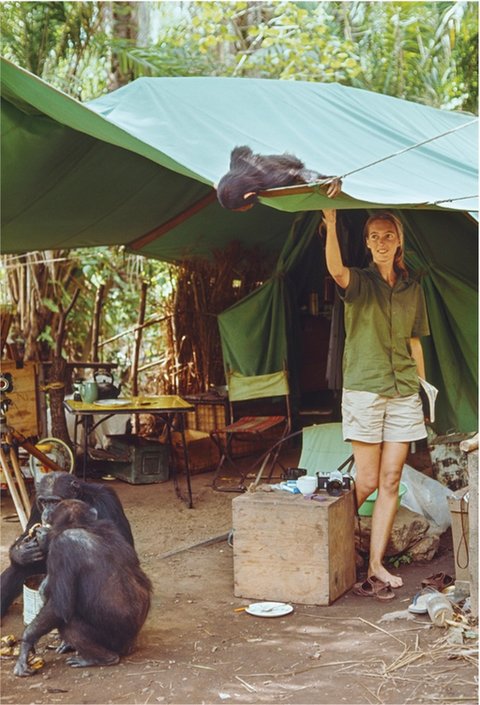
FlinttakesapeekatGoodallfromthetopofher tent.
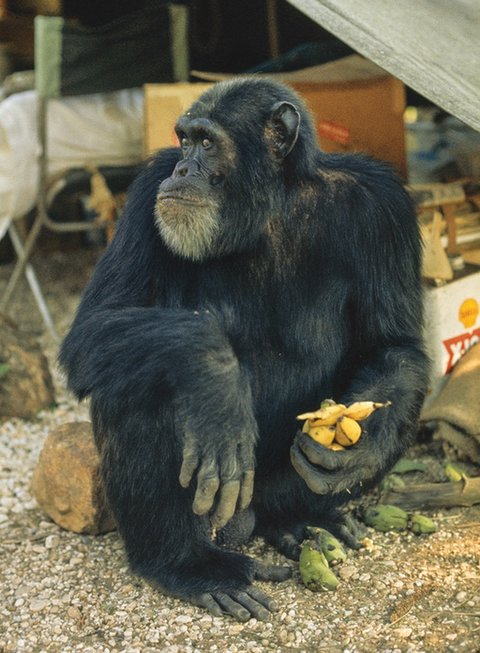
DavidGreybeardvisitsGoodall’s camp.
TurningPoint
Theneverythingchanged.Goodallmadethreediscoveries.Eachwouldturnscienceonits head.
Inherfirstdiscovery,sheobservedachimpeatingadeadanimal.Untilthen,scientiststhoughtthatapesdidn’teatmeat.ShehadnamedthischimpDavid Greybeard.
Twoweekslater,shesawthesamechimp.Hewaspokingabladeofgrassintoatermitetunnel.Hepulleditout.Itwascoveredwithtermites. Yum.
Inathirdcase,Goodallsawthesamechimppickupatwigandstripitofitsleaves.Heusedittofishfortermites.Atthattime,scientiststhoughttoolmakingandtoolusewerethingsonlyhumansdid.Onhearingthisnews,Leakeysenta telegraph:
NOWWEMUSTREDEFINETOOLSTOPREDEFINEMANSTOP
ORACCEPTCHIMPANZEESAS HUMAN
Leakey’s telegram
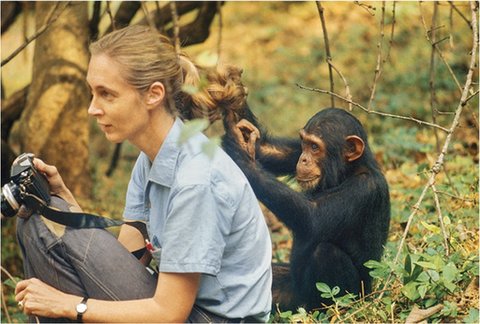
FreudcarefullyinspectsGoodall’s hair.

EUROPE
ENGLAND
AFRICA
KENYA
ATLANTIC
OCEAN
TANZANIA
